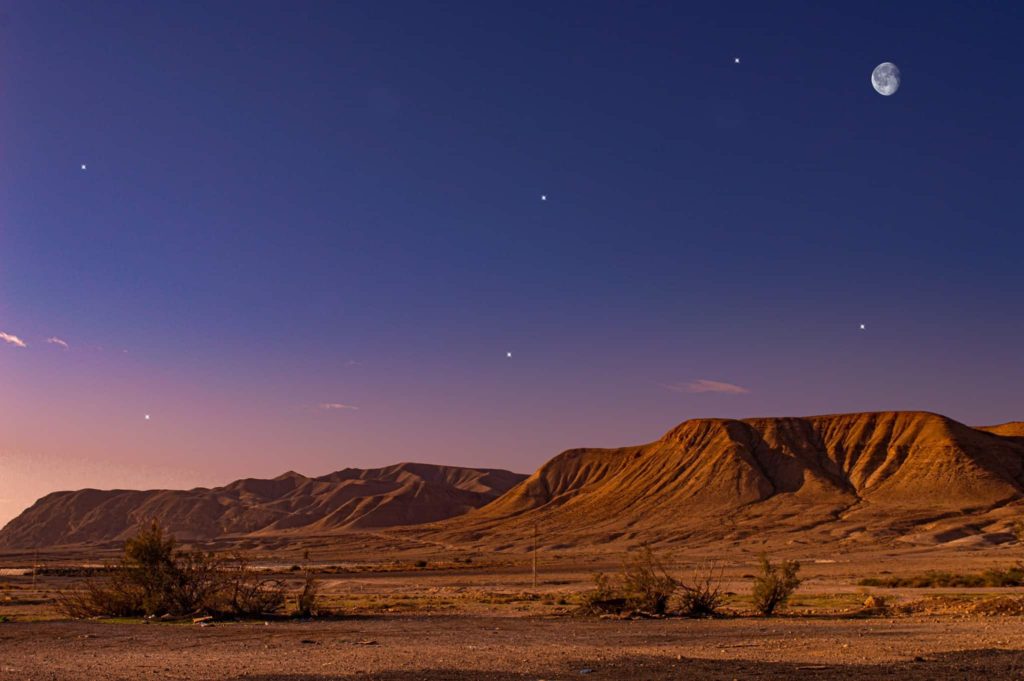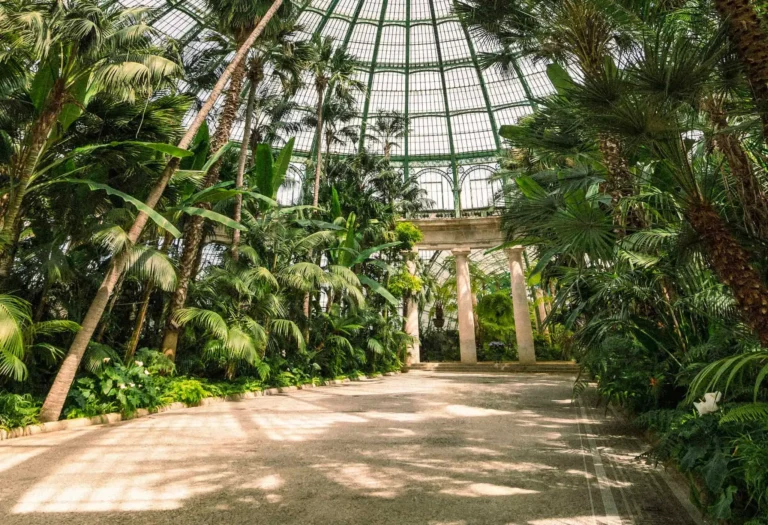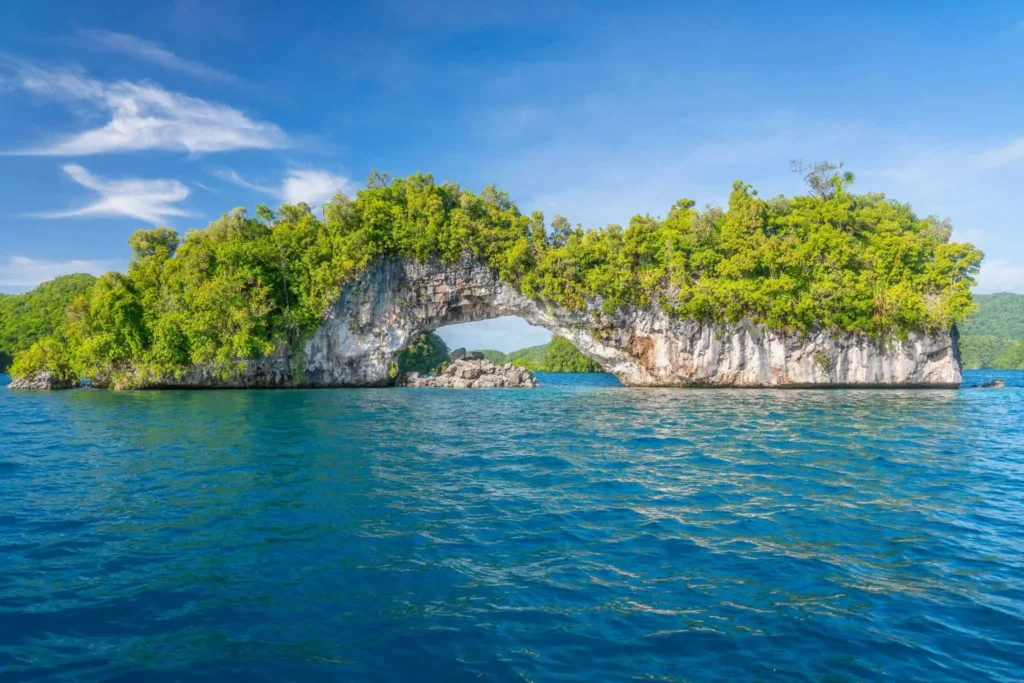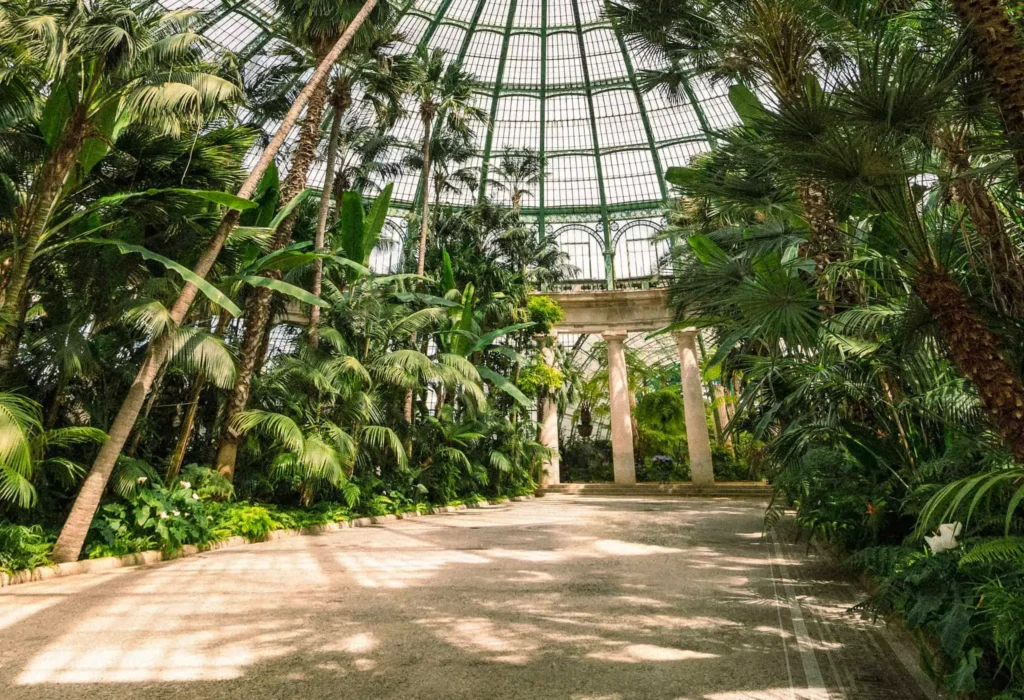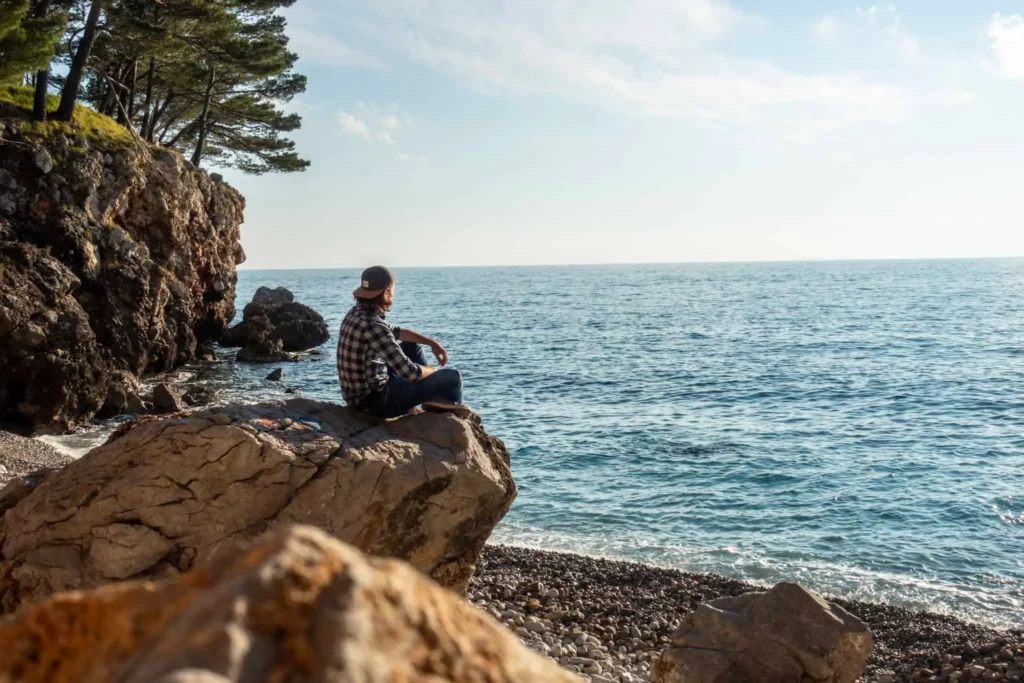| This post may contain affiliate links. Whenever you book or buy something through one of these, Giving Getaway gets a small commission, of which 100% will be donated to charity, without any extra cost to you! |
When talking about Israel, you might think about Jerusalem, the tomb of Christ, the wailing wall, and the dome on the rock. You might think about the promised land, the only Jewish state in the world, or about Palestine, Gaza, and the struggle for territory.
Instead of talking about these undoubtedly fascinating topics, I am going to tell you about Israel through the prism of my greatest fascination and my greatest surprise in this country. To be more precise: I will tell you about my experience of exploring the Judean Desert in Israel!
1. Let Me Introduce the Judean Desert
Most often we associate deserts with extreme expeditions. In our imagination, we see an exhausted man slowly passing the white bones of a dead animal. It seems to us that to visit a desert you need to be very well prepared; we think that we need an off-road vehicle and drive for several days in the dust and sand or ride a camel with a Bedouin as our guide. In Israel, you don’t need any of these options. You can reach all the interesting places that I will tell you about in an ordinary car within a few hours.
Other people see deserts as just endless sandboxes; nothing but piles of sand and dunes now and then. If you believe so, let me try to convince you otherwise, since nothing could be more wrong than that. In Israel, you will find two deserts – the Negev in the south, which covers over 30% of the country, and the Judean Desert, which is situated between Jerusalem and the Dead Sea and whose larger parts belong to Palestine. I visited Israel in January, but both deserts are worth visiting in every season.
Israel stretches between the Mediterranean Sea in the north and the Red Sea in the south. Jerusalem and Tel Aviv have a Mediterranean climate, so winters might not always be mild. But right outside the walls of the Holy City, where the desert areas begin, the dry tropical climate takes over. Here, even in winter at noon, the temperature can reach 30 °C, so always remember to bring enough water.
You can see the beauty of the desert from the plane. Since we fly down to Eilat, we have the chance to see almost all of Israel from above. You can see how the desert changes its color, how the color of sand and rocks, combined with the color of the sky and the intensity of the light, creates its shades.
You can see how the desert changes the shape of the surface, how it waves, sometimes gently, and sometimes rough like the ocean. It is mesmerizing! I already told you that there are two deserts in Israel, and in this blog post, which is part of my Israel adventure, I would like to invite you to visit some of the most interesting places in the Judean Desert with me.
2. Herod’s Fortress Above the Dead Sea
The mighty rock, surrounded by high bluffs, carries the ruins of the famous Jewish fortress on its flat top – a paradise for fans of history and archeology! The fortress, destroyed and forgotten, was re-discovered in 1842. Archaeological works were carried out here in the years 1963-1965.
Today we can only see the remains of its former glory, the ruins of a Byzantine church, a synagogue, two palaces of Herod, and baths with fragments of paintings and mosaics. King Herod, known from several biblical stories, is responsible for the construction of fortifications in the Judean desert.
In 40 BCE, Herod took refuge in Masada from the Parthians. After his coronation as King of Judea, he perfected this place by erecting new defensive walls, water tanks, and tunnels. All improvements made the fortress almost impossible to conquer for many years.

First, the men killed all the women and children. After that, the remaining men killed each other and not themselves, as suicide is prohibited by Judaism. In the end, one of the men who was randomly selected had to take his own life. In total, 960 people died this way, and for the Israelis, this event is a symbol of great heroism.
You can enter the Masada National Park from the side of the Dead Sea. Here you will find the lower station of the cable car that will take you to the top. Coming from Jerusalem, we arrive in Masada in the morning. We rented a car, but another option to get to the national park is to take a bus from downtown Jerusalem on your account or as part of an organized tour.
We have a preliminary plan to get to the top by cable car and my son, probably like most children, has always been a fan of cable cars and has been looking forward to it for quite a while. But on the spot, we decided to go on foot. The sign shows the direction, the so-called “Snake Path”, a steep path that goes up the slope until you reach steel stairs that lead to the top. Google says that for a seasoned mountain hiker, it takes a minimum of 40 minutes to cover this route which has an overall difference in elevation of 400 meters.

The views are amazing, the landscape is stunning, and the higher I get, my “oohs” and “aahs” become more and more intense. Apart from the spectacular expanse of the desert, there is a view of the Dead Sea right in front of us. The shimmering blue of the saltwater contrasts with the yellow sand and rocks, and on the opposite shore of the sea, you can also see the Jordanian mountains.
As my experience shows, even in January it can get really hot in the desert. There are no shops and restaurants on the top and although you can find taps with drinking water there, you should always remember to carry enough water with you. By the way, I recommend a large box of hummus, vegetable dip, a packet of pita bread, and olives as a standard Israeli meal. Delicious and practical, since you can easily take it with you wherever you want.
Since the Snake Path opens one hour before sunrise, many people also decide to climb up Masada to watch how the sun comes up, which, apparently is an unforgettable experience. Whether you go to Masada at sunrise, take the cable car, or walk the Snake Path, I’m sure that Masada will delight you!
3. The Greatest Depression in the World
I already mentioned this topic while writing about Masada and besides, I know that if you decide to go to Israel, there is a high probability that you will go there. So let me tell you about another treasure of Israel’s desert, even though it is not made of sand at all. The Dead Sea lies in the tectonic ditch of the Jordan River. It is a lake with no drainage point and the deepest depression in the world (- 422 meters below sea level).
There is a specific microclimate here, water has a healing effect on skin problems and rheumatism. The bromine oxides in the air are said to be relaxing. Unfortunately, you will not find colorful fish in the turquoise water. The Dead Sea is dead, all because of high levels of salinity. Only eleven species of bacteria live here.
The water level in the Dead Sea is decreasing by about one meter per year, and some experts believe that it will dry out by 2050. There are many reasons for this. The water evaporates due to high temperatures, and at the same time, this water is also used in agriculture.
Honestly, the Dead Sea disappointed me a bit. I guess my expectations (which I had, although I have been working for some time on not having any expectations of the places I travel to) have not been met. I dreamt of wild landscapes and salt turned into white rocks protruding from the water. I saw a little bit of it in the part of the Palestinian sea, but there was no access to the seashore. In some parts, the coast was fenced off as it was too dangerous to approach the sea there.
In the Israeli part, the seashore is either very nicely developed, with hotels and artificially created sand beaches, or without any trace of wildness and devastated by industry. However, if you want to enjoy the benefits of the Dead Sea, I recommend Ein Bokek Beach.
It is a free, very nicely landscaped beach that is covered with yellow sand. Swimming in the sea will also be an unforgettable experience, the water is so thick with salt that you will float on its surface without any problems. If you have minor wounds or abrasions on your body, you should better not go into the water, it won’t be pleasant. Depilation of the body on this day, or the day before such a bath, is also not a good idea.
4. A Green Oasis in the Heart of the Desert
Let’s go back to our mental image of a desert. A thirsty lonely wanderer, the last drop of water in his drinking bottle, oppressive heat, sweat, fatigue. Suddenly, in the distance, he sees a green oasis with gushing waterfalls, and he starts running with the last of his strength. After a while, the image fades away and disappears, it was just a mirage.
In the Judean desert, such an oasis exists. Pure green among the rocky desert, and it is hard to believe that it is real. The Ein Gedi Nature Reserve in the heart of the Judean Desert owes its green landscape to four springs that gush from the ground all year round.
5. A Rundown of Hidden Treasures in the Judean Desert
The places I told you about are surely not all interesting places you can find in the Judean Desert. I only introduced the Israeli part, but as I have already said, the desert also hides many treasures in the Palestinian part. Visiting Palestine is not very welcomed by the Israeli government.
But the decision is yours and you shouldn’t face any problems as long as you don’t brag about it when talking to the customs officer at the airport. Also remember that Giving Getaway is here to help you plan an unforgettable journey and prepare Customized Information Packages with all the hidden treasures in Israel, Palestine, and any other place you would like to visit.
And if you would like to learn more about Israel and its deserts, I already invite you today to read part two of my mini blog post series “Negev Desert – Israel Off The Beaten Path“, the desert which covers as much as 30% of Israel’s total area!
Follow Ania on Instagram for more interesting travel tips and stories! And in case feel like exploring the Judean Desert or Israel yourself, feel free to check flights, hotels, taxis, tours, and more right here on our website. With every booking you complete by using one of our links, we donate 50% of the commission to charity. This way you will enjoy your trip and do something good at the same time!

